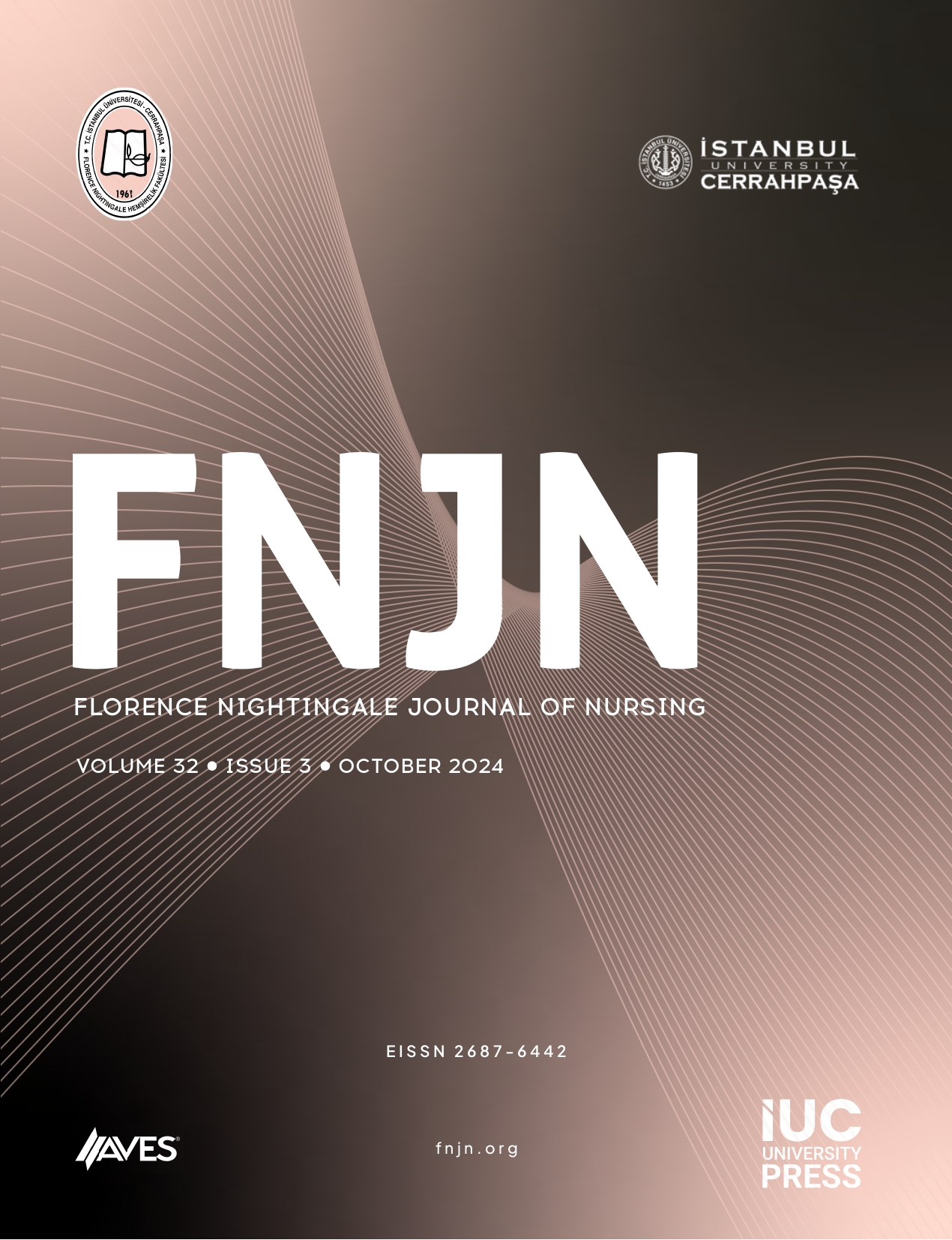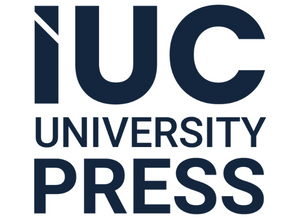AIM: The review elaborates on the efficacy of turmeric/curcumin formulations on chemo/radiotherapy-induced oral mucositis in patients with head and neck cancer.
METHODS: This systematic review was conducted; trials were included comparing turmeric/curcumin formulations with chlorhexidine/povidone-iodine/normal saline or any conventional practices in head and neck cancer patients. Studies published through May 2023 were identified using Medline, Web of Science, CINAHL, Embase, and the Cochrane Library. A systematic review was conducted, including a meta-analysis, following PRISMA guidelines. The methodology’s quality was assessed using the Cochrane risk-of-bias tool.
RESULTS: Thirteen of the 14 studies found that turmeric formulation contributed to reducing the occurrence (p < .0001) and intensity of oral mucositis (p= .001) and significantly lesser incidence of secondary outcomes such as pain (p = .001), erythema (p = .05), dysphagia (p < .05), ulcer size (p = .000), burning sensation (p < .001), dermatitis (p < .05), and weight loss (p < .001) in the turmeric group. There was also a lesser incidence of treatment breaks (chemotherapy, radiotherapy, or chemoradiotherapy) due to the severity of mucositis and other complications. The risk of bias was judged as low for six studies (a score of five or higher), medium in three studies (four out of seven), and high risk for the other five.
CONCLUSION: The reviewers identified that turmeric formulations reduced the severity of oral mucositis. Future research is needed to determine the optimal dose and schedule of application of turmeric formulations in preventing oral mucositis. Healthcare providers can integrate turmeric formulations with standard oral care to alleviate mucositis.
Cite this article as: Dixit, P., Rathee, A., Phalswal, U., & Kalal, N. (2025). Effectiveness of turmeric contains on chemo/radiotherapy-induced oral mucositis and oral dysfunction among head and neck cancer patients: A systematic review of randomized controlled trials. Florence Nightingale Journal of Nursing, 33, 0153, doi:10.5152/FNJN.2025.24153.




.png)
.png)